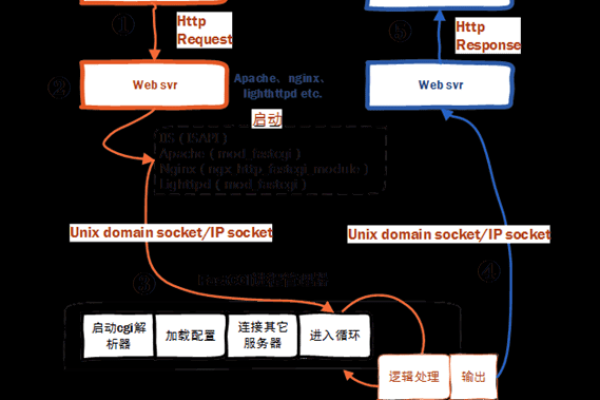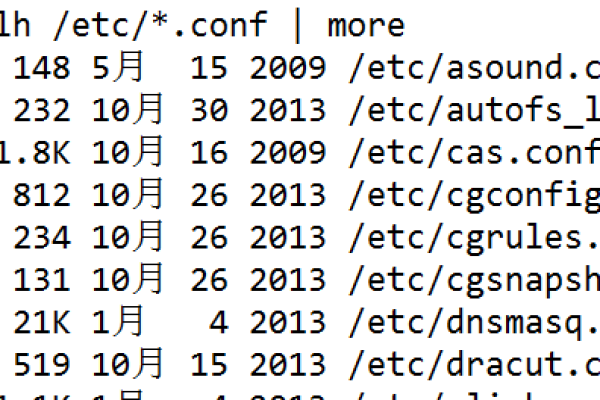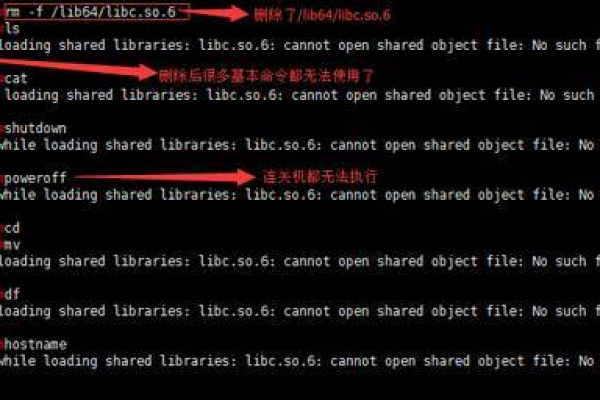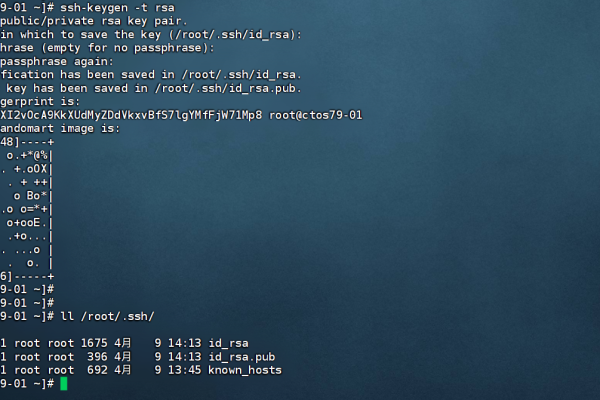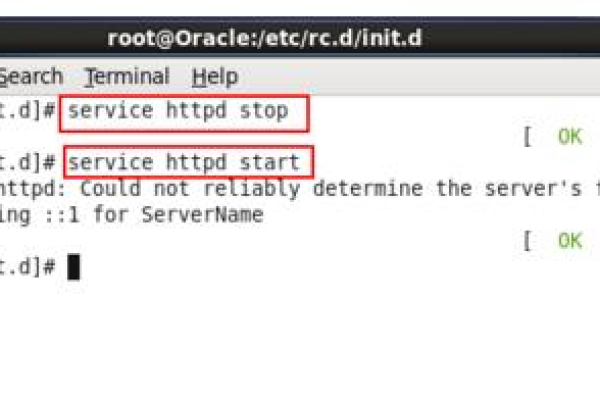c 语言 linux 配置ip
- 行业动态
- 2025-02-24
- 5
system()函数调用 ifconfig或 ip命令来设置IP地址。“ c,#includeint main() {, system("sudo ifconfig eth0 192.168.1.100 netmask 255.255.255.0");, return 0;,},` 这段代码会将eth0 接口的IP地址设置为192.168.1.100 ,子网掩码为255.255.255.0 。运行此程序可能需要管理员权限(使用sudo`)。
在Linux系统中,使用C语言配置IP地址是一个涉及底层网络编程和系统调用的任务,以下是几种常见的方法来配置IP地址:
1、使用ioctl系统调用
原理:ioctl系统调用允许程序对设备进行控制操作,通过向网络接口发送特定的命令来设置IP地址。
示例代码
“`c
#include <stdio.h>
#include <string.h>
#include <unistd.h>
#include <sys/stat.h>
#include <sys/types.h>
#include <sys/socket.h>
#include <sys/ioctl.h>
#include <net/if.h>
#include <netinet/in.h>
int set_ip_netmask(const char *name, const char *ip_addr, const char *ip_netmask) {
int sock;
struct ifreq ifr;
in_addr_t in_addr;
struct sockaddr_in sin;
char ip[32] = {0};
int ret;
sock = socket(AF_INET, SOCK_STREAM, 0);
if (sock == -1) {
perror("socket");
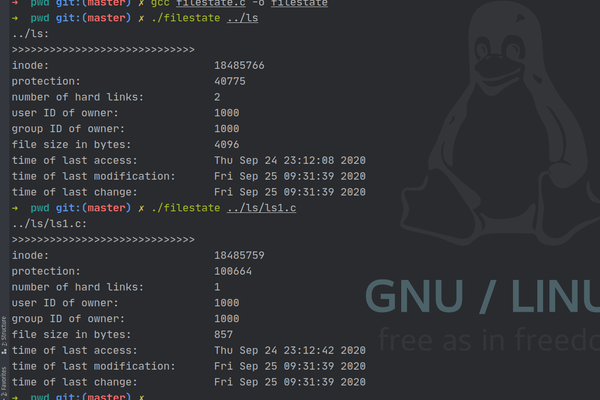
return -1;
}
memset(&ifr, 0, sizeof(struct ifreq));
memset(&sin, 0, sizeof(struct sockaddr_in));
sprintf(ifr.ifr_name, name);
sin.sin_family = AF_INET;
sin.sin_port = 0;
sin.sin_addr.s_addr = inet_addr(ip_addr);
memcpy(&(ifr.ifr_addr), &sin, sizeof(struct sockaddr));
ret = ioctl(sock, SIOCSIFADDR, (caddr_t)&ifr, sizeof(struct ifreq));
if (ret != 0) {
perror("ioctl ip");
return -1;
}
sin.sin_family = AF_INET;
sin.sin_port = 0;
sin.sin_addr.s_addr = inet_addr(ip_netmask);

memcpy(&(ifr.ifr_addr), &sin, sizeof(struct sockaddr));
ret = ioctl(sock, SIOCSIFNETMASK, (caddr_t)&ifr, sizeof(struct ifreq));
if (ret != 0) {
perror("ioctl netmask");
return -1;
}
return 0;
}
int main(int argc, char *argv[]) {
set_ip_netmask("ens33", "192.168.12.11", "255.255.255.0");
return 0;
}
注意事项:需要以root用户权限运行该程序,因为修改网络接口配置通常需要管理员权限,要确保指定的网络接口名称正确,并且新的IP地址和子网掩码格式正确。
2、修改网络配置文件原理:Linux系统的网络配置文件(如/etc/sysconfig/network-scripts/ifcfg-<interface>)存储了网络接口的配置信息,通过修改这些文件可以改变IP地址等网络设置。示例代码 ```c
#include <stdio.h>
#include <stdlib.h>
#include <string.h>
#define IP_FILE "/etc/sysconfig/network-scripts/ifcfg-eth0" // 替换为实际的接口名称
void set_ip(char *interface, char *new_ip) {
FILE *file = fopen(IP_FILE, "r+");
if (file == NULL) {
perror("Failed to open file");
return;
}
char line[256];
while (fgets(line, sizeof(line), file)) {
if (strstr(line, "IPADDR") != NULL) {
size_t ip_start = strcspn(line, "=");
size_t ip_end = ip_start + strlen(line) 1;
strncpy(line + ip_start, new_ip, ip_end ip_start + 1);
break;
}
}
fseek(file, 0, SEEK_SET);
fprintf(file, "%s", line);
fclose(file);
}
int main() {
set_ip("eth0", "192.168.1.100");
return 0;
} 注意事项:这种方法需要对Linux系统的网络配置文件结构有一定的了解,并且修改配置文件后可能需要重启网络服务或系统才能使设置生效,不同的Linux发行版可能使用不同的网络配置文件路径和格式。
3、使用system函数调用系统命令
原理:system函数可以在C语言程序中执行系统命令,通过调用ifconfig或ip命令来修改IP地址。
示例代码
“`c
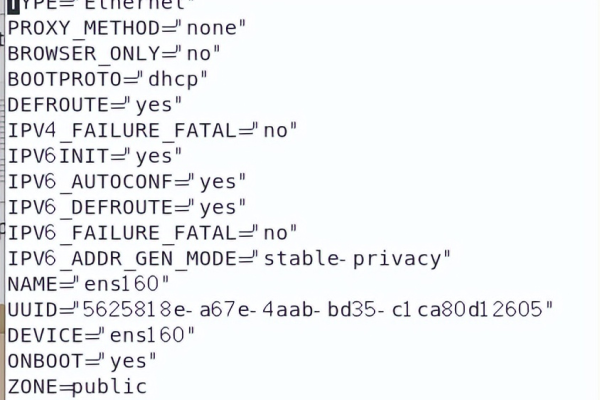
#include <stdlib.h>
#include <stdio.h>
void change_ip(const char* interface, const char* new_ip) {
char command[100];
snprintf(command, sizeof(command), "ifconfig %s %s", interface, new_ip);
system(command);
}
int main() {
const char* interface = "eth0";
const char* new_ip = "192.168.1.100";
change_ip(interface, new_ip);
printf("IP address changed to %s on interface %s
", new_ip, interface);
return 0;
}
注意事项:使用system函数存在一定的安全风险,因为它会直接执行系统命令,可能会受到注入攻击,在使用时要确保输入的参数是安全的,这种方法依赖于系统中安装了相应的命令行工具(如ifconfig或ip)。 在Linux系统中使用C语言配置IP地址有多种方法,每种方法都有其特点和适用场景,开发人员可以根据具体的需求和系统环境选择合适的方法来实现IP地址的配置。
